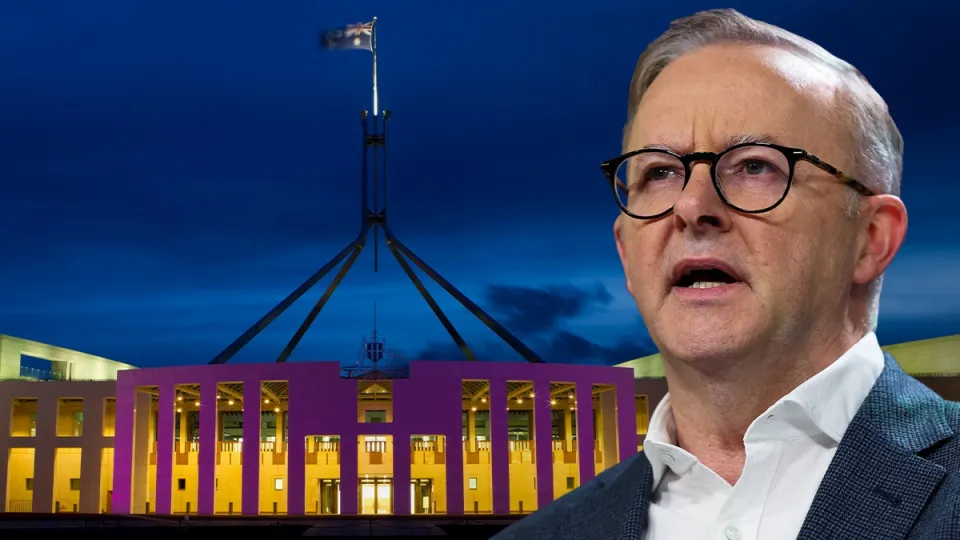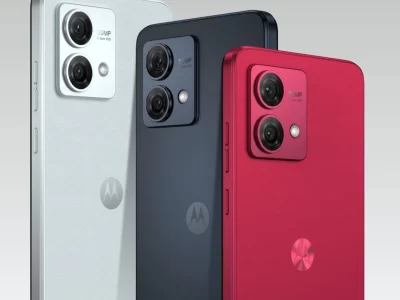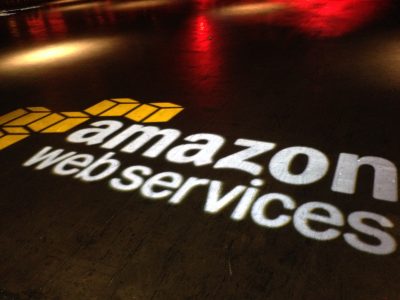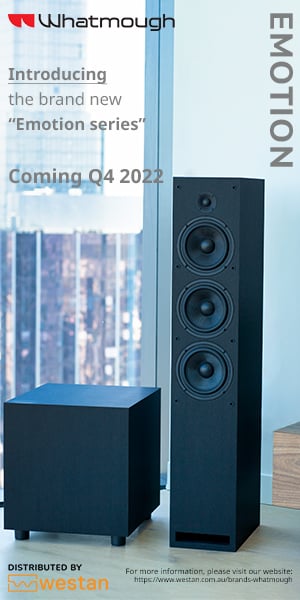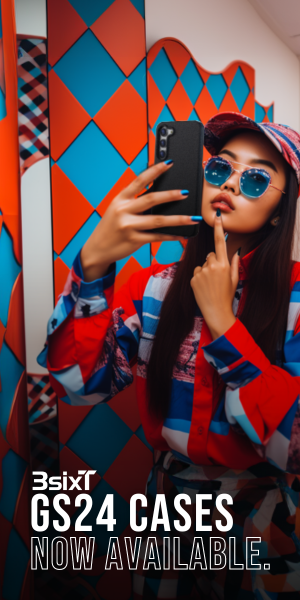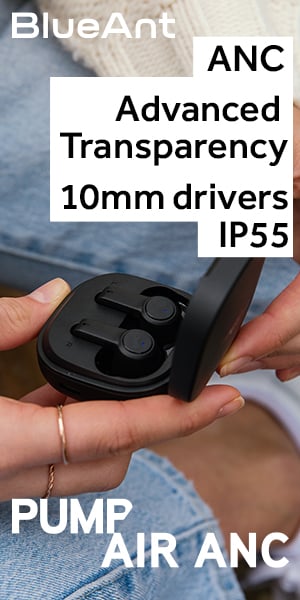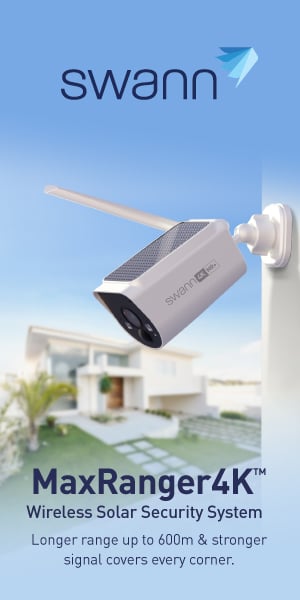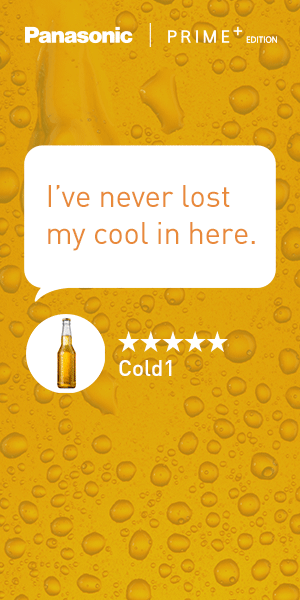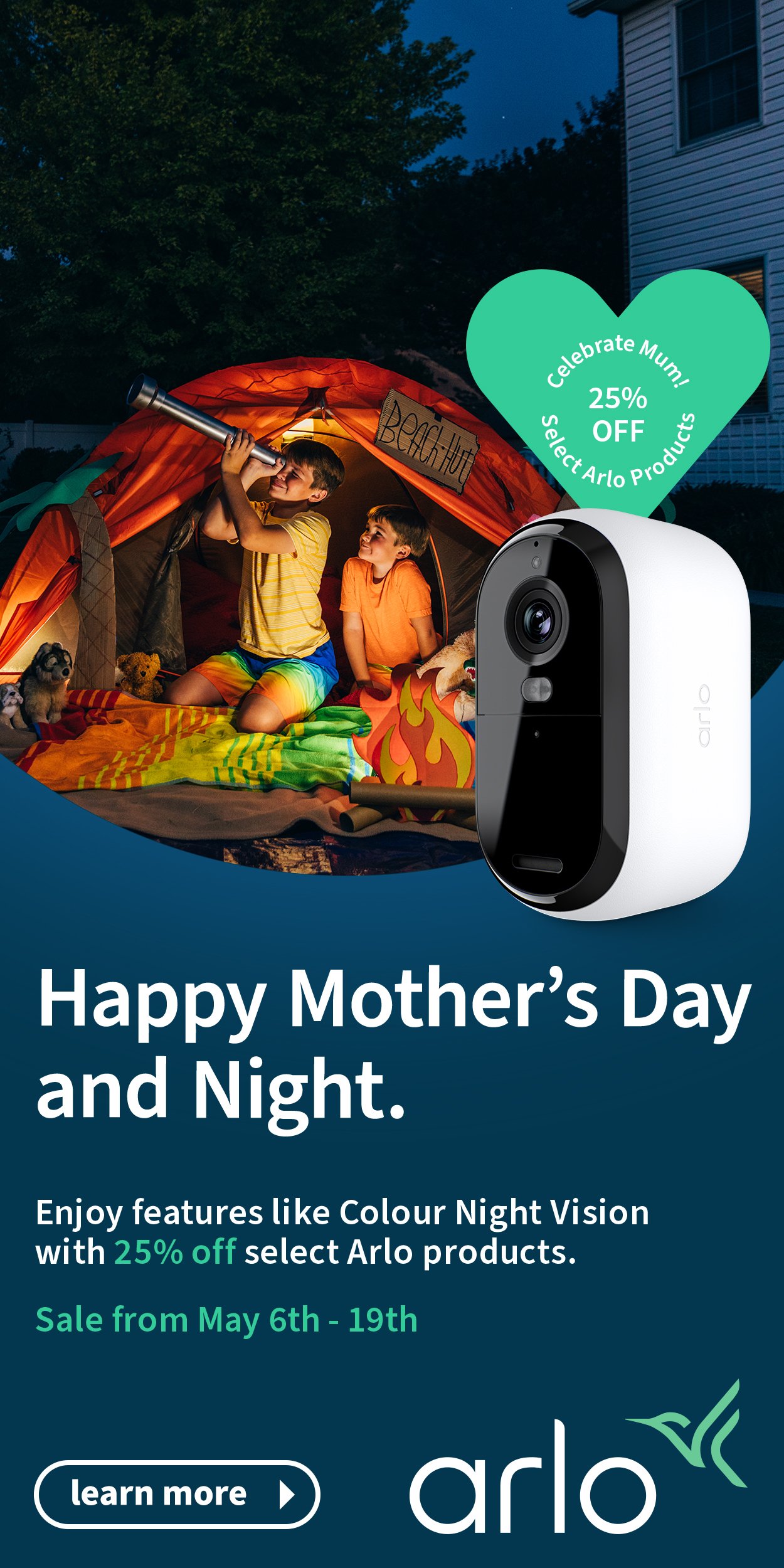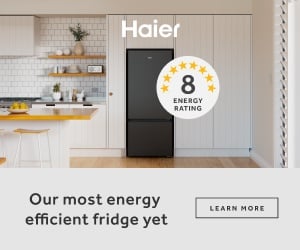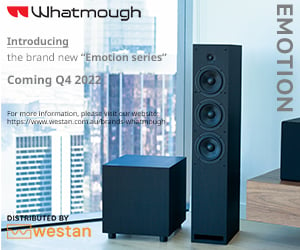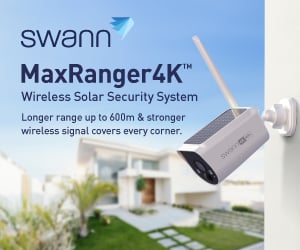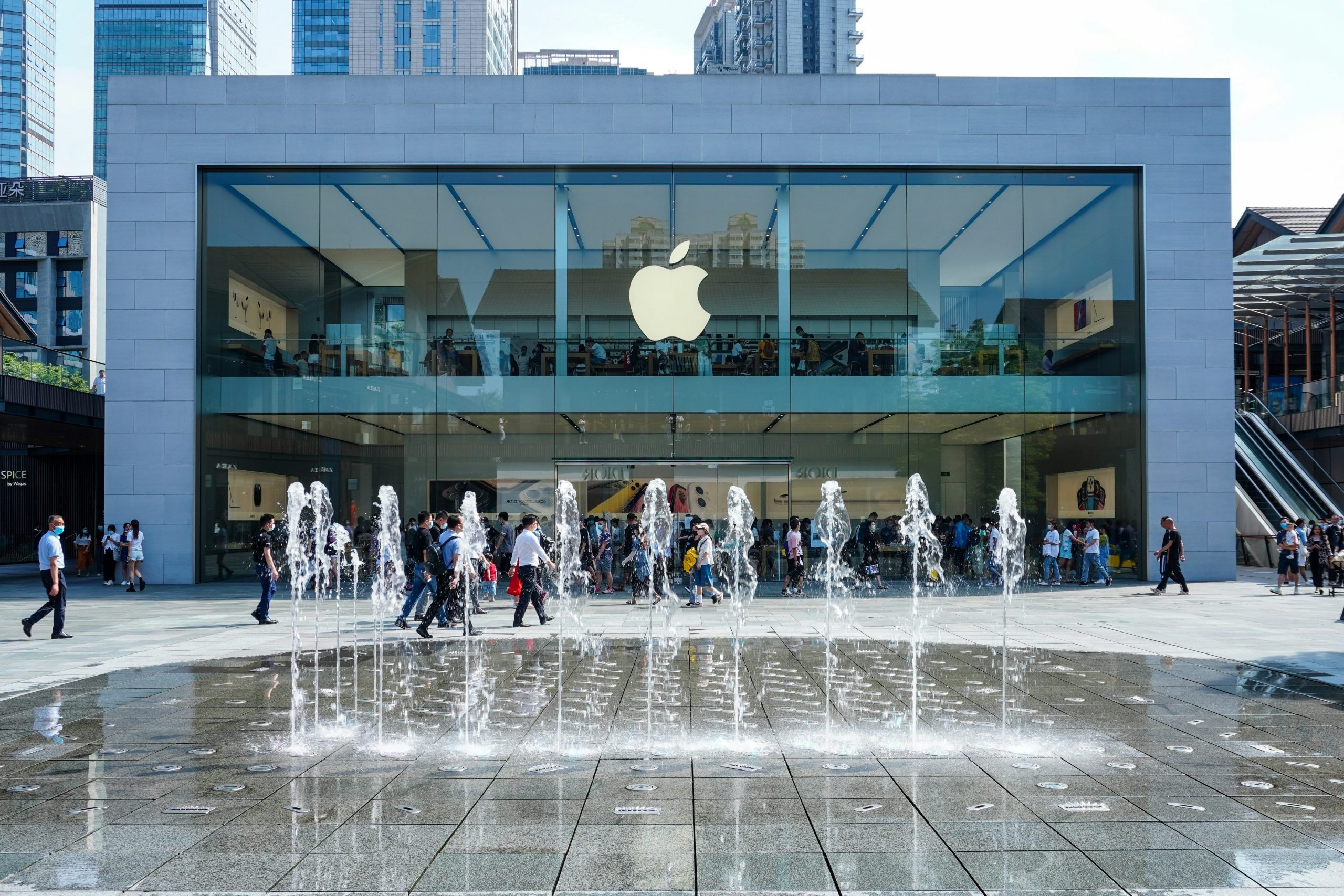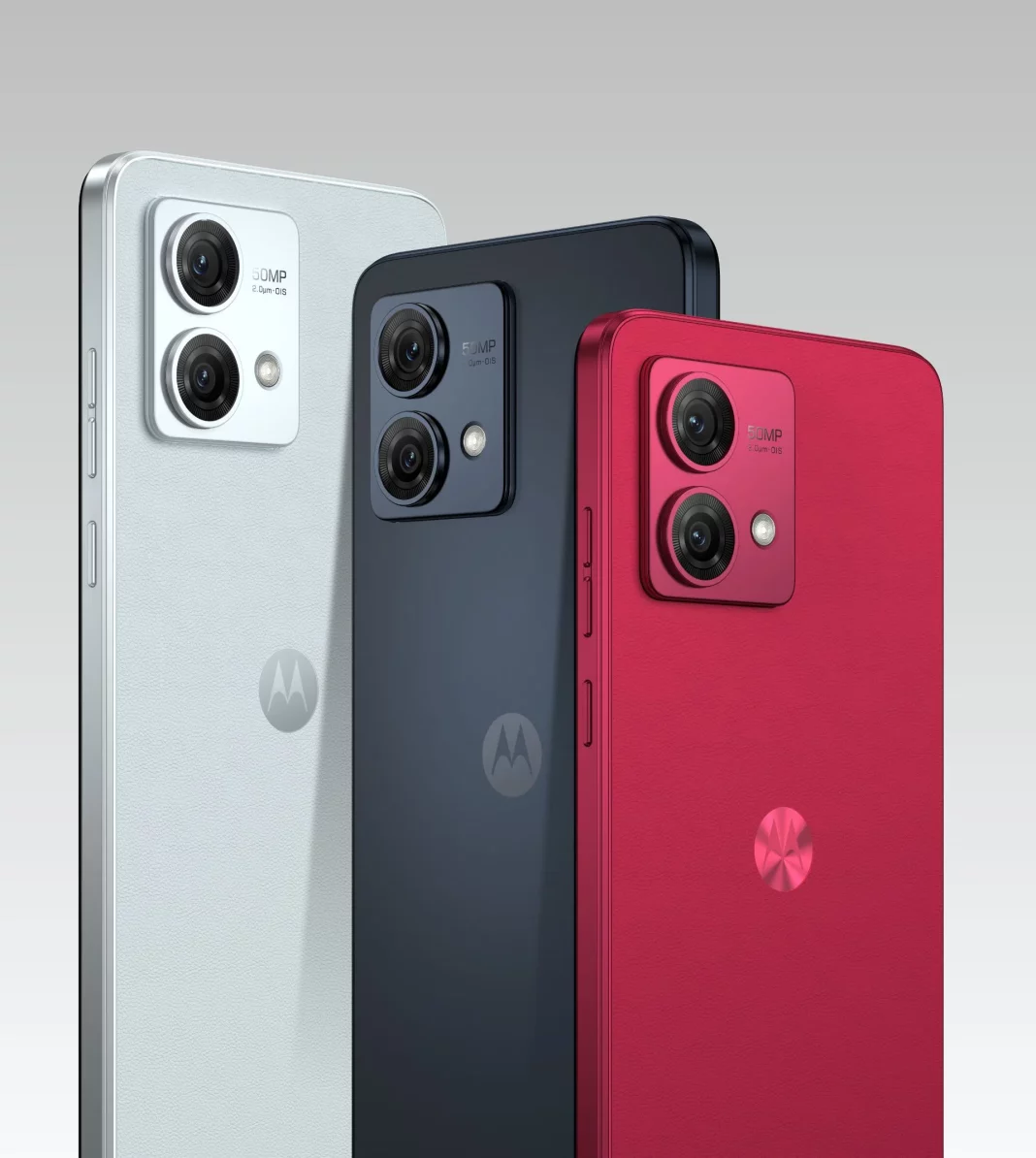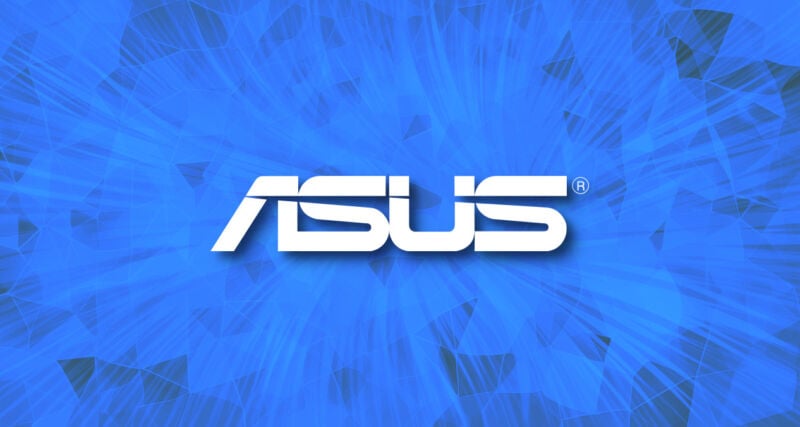Albanese Government Concerns Over Amazon Seen As Blatant ‘Prop Up’ Of Failing TV Networks
The Albanese Labor government has stepped into another commercial transaction, claiming that they are “concerned”, that Amazon who has proposed to free to air TV stations, that they take up to 30% of the advertising passing through their apps on an Amazon TV 4K Cube.
This is the same Government that stopped competition, when Qatar airways proposed to fly more aircraft to Australia a move that would lower air fares to Europe.
The Albanese Government objected to the move resulting in Qantas being able to charge sky high fees for seats on their aircraft.
Now the Labor Government appears to be stepping into another commercial deal to protect struggling free to air TV stations who are finding it hard to compete as consumers move to streaming over free to air TV delivered via an aerial connected to a TV.
Under Fire TV’s new terms of service, the owners of apps used for more than 30,000 hours each month “must … provide Amazon with 30 per cent of all revenue received for any advertising in the Fire TV Ad-Enabled App”.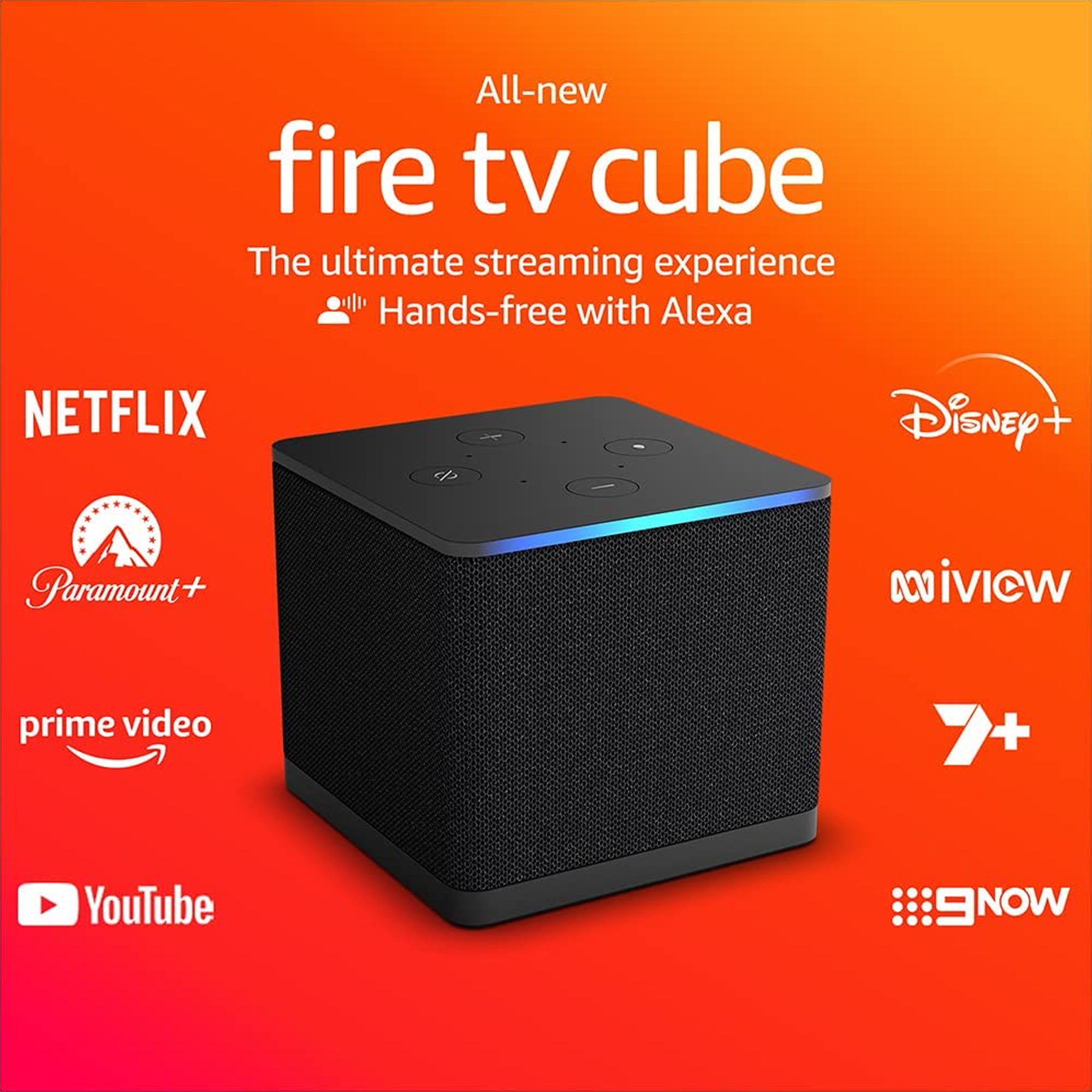
To date free to air TV stations including the ABC, SBS, Networks Ten, Seven and Nine have been given free exposure on set top boxes as well as Samsung. LG, TCL, Hisense, Sony, Bauhn, Polaroid, Akai TVs sold in Australia.
These TV brands have told ChannelNews that tens of thousands of consumers are watching content via an app as opposed to a TV connected to an Aerial.
The move is seen as an initial shot at TV stations who appear to want the best of both worlds, revenue from their free to air TV services, as well as revenue from the apps running on an Amazon 4K TV Cube set top boxes as well as Samsung, LG and Sony TV’s.
As one observer said, “Free to air TV networks basically want to advertise their apps on TV billboards in prime positions inside consumer’s s homes but they don’t want to pay the owner of the billboard for the privilege of a prime position”.
Amazon had given the major broadcasters three weeks’ notice of the change to their terms and conditions, with television networks accusing the tech giant of a “cash grab” and “rent-seeking.”
As for the Labor Government it appears that the current Federal Government is seeking to “curry favour” with the networks who are falling out of favour with Australians.
“Labor needs the free to networks onside as they have with the ABC. They are an important communication vehicle for labor which is why they are looking to support them with a variety of legislation changes which will hurt streaming networks such as Foxtel”.
The global policy was published in June, but the Seven Network, Nine Network, Network Ten and SBS only became aware of the change in the past two weeks.
Amazon did not dispute that its policy applied to the major media companies, and said it needed the revenue to improve its devices.
Minister for Communications Michelle Rowland told the Australian Financial Review that is owned by the Nine Network that “Free-to-air broadcasting services play a crucial role in supporting our sense of cultural identity and informing and entertaining all Australians.”
She failed to mention the pushing of Labor messaging and communication, on issues such as the voice and changes to the way TV networks are allowed to operate in Australia under Labor initiated policies.
“Our commercial terms allow us to invest in the Fire TV experience, which helps our streaming partners reach millions of customers and helps our customers enjoy a great streaming experience,” an Amazon spokeswoman said.
“Our commercial terms were updated in June, and we work closely with our partners on the timeline for their implementation.”
It had been in place in the United States since 2018, and “was updated to ensure our business practices are consistent worldwide”, she added.
Senior network sources said they were considering pulling their apps – the likes of 9Now, 7plus and 10 Play – out of Amazon Fire TV’s platform. Fire TV represents between 3 and 4 per cent of the Australian streaming audience.
They have not said what would happen if brands such as Apple, Samsung, LG, or Sony pulled the free to air apps off their devices or what would be the implications if these brands also asked for a share of revenue for the promotion of their apps of TV’s sold in Australia.
Broadcasters have admitted that they are concerned that the Amazon move sets a precedent for brands selling TV’s who at this stage are giving free to networks a free ride on their TV platforms.
ChannelNews understands that Samsung and LG who are currently expanding their own advertising platforms have looked at the concept of charging free to air TV networks rental.
These brands are currently netting revenue from the likes of Apple, Amazon’s Prime Video s as well as Netflix when consumers activate a subscription.
Last week it was announced that advertisers have programmatic access to Samsung Ads Connected TV (CTV) inventory on Samsung’s free ad-supported streaming service, Samsung TV Plus that alre4ady competes with free to air TV stations for ad dollars.
As a demand agnostic CTV Ad Server, advertising group Publica is now helping global publishers and TV manufacturers deliver a seamless ad experience via the introduction of Server-Side Ad Insertion (SSAI), while also helping publishers maximize revenue by running a unified-auction between multiple SSPs and ad exchanges.
Through this relationship with Publica, Samsung Ads is providing advertisers with enhanced buying techniques similar to those of free to air TV.
This includes competitive separation, frequency management and the ability to purchase the first slot within ad pods – much like standard TV commercial breaks.
The dispute between broadcasters and Amazon comes as the government considers plans to legislate “prominence” for local networks on internet-connected television interfaces.
If the government passes legislation requiring TV operating system makers such as Samsung Amazon with their Fire TV Cube as well as Chinese brands Hisense and TCL to put free-to-air TV apps first on the device’s home screen, it would remove their ability to demand payment for placement and this claims several observers is a blatant move to prop up failing to networks in Australia.
Nine Networks own publications admit that aerial TV audiences are declining year-on-year, and local broadcasters argue they need government intervention to compete with the likes of Netflix and Disney to safeguard their position as a focal point of Australian culture and identity.
Communications Minister Michelle Rowland said she was still reviewing proposals for how prominence laws should work and would say more before the end of the year.
“The government is concerned about reports that Amazon has, at short notice, decided to increase the amount it charges app providers for making their services available on Fire TV devices, particularly if this applies to Australian media entities,” she said.
“Free-to-air broadcasting services play a crucial role in supporting our sense of cultural identity and informing and entertaining all Australians, from news services, to sport, to entertainment and more.
“The issues associated with the development of a prominence framework are complex, and we need to make sure we get this right.”
SBS managing director James Taylor said on Thursday that Amazon’s change was “outrageous” and amounted to tech giants “rent-seeking revenue that would otherwise go to more content for our audiences”.
Free TV, the group representing the interests of Seven, Nine and Ten, said it was a “cash grab”. Nine is owned by Nine Entertainment, which owns The Australian Financial Review.

